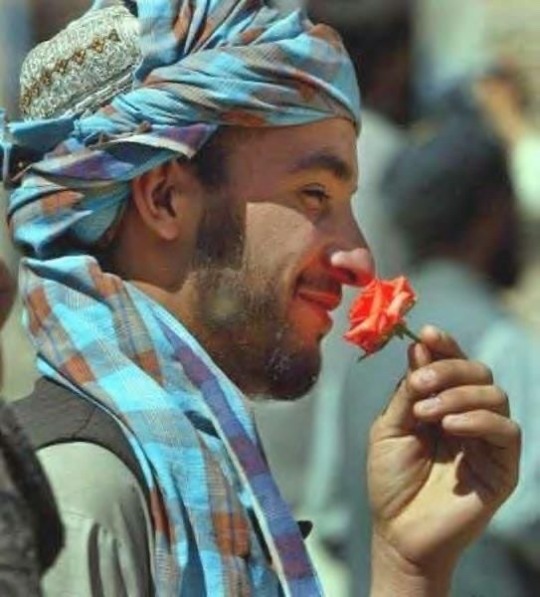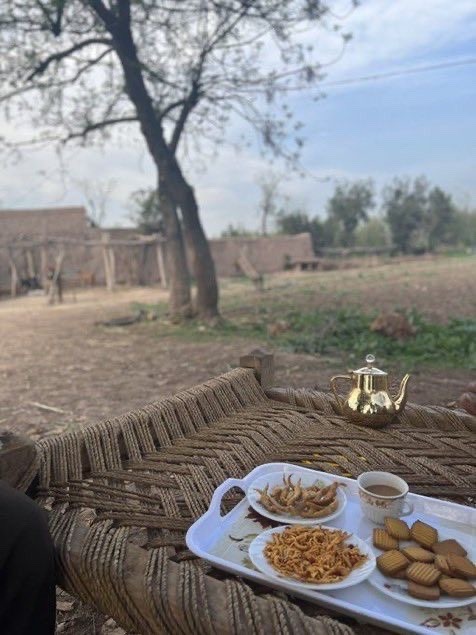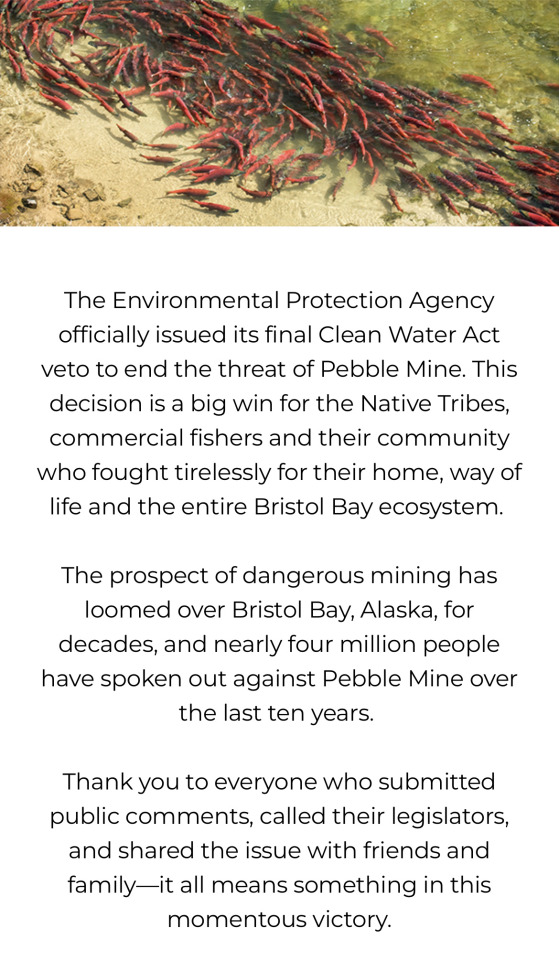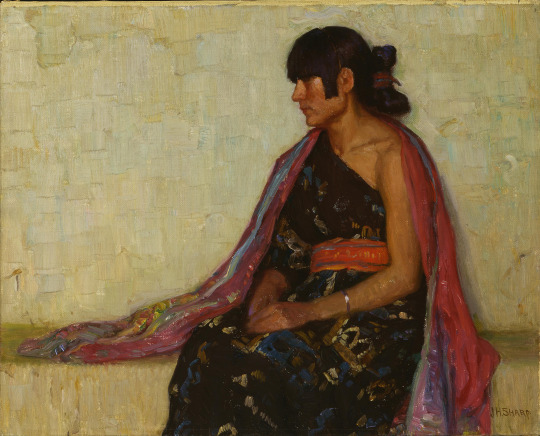#native tribe
Text




Ma pata da pukhto pa rewajunu ka dildara
- beloved! cover me in the customs of pakhto
#pashto#pashto literature#pashto poet#pashto poetry#peshawar#afghanistan#kpk#pashtun#khyber pakhtunkhwa#pukhtun#culture#native tribe#mardan district
76 notes
·
View notes
Text
Native tribe to get back land 160 years after largest mass hanging in US history
#native american#native tribe#landback#genocide#no pride in genocide#humanrights#americans#america#made in usa#us politics#usa news#usa#united states#unitedstateofamerica#unitedsnakes#biden administration#joe biden#biden crime family#biden will destroy america#hunter biden#class war#classwar#fuck the gop#fuck the police#fuck the supreme court#fuck the patriarchy#indigenous#indigenous rights#antifa#antifascist
13 notes
·
View notes
Text

Street art in Co Springs
#native american#native#tribe#first nations#indigenous#indigineous people#native american history#native tribe#reservation#tribal#nevada native#rez#native america#reservation dogs#colorado native#decolonize#northern paiute#paiute
80 notes
·
View notes
Photo

NATIVE PRIDE
The Indian culture such as the great warrior, Crazy Horse, believed in lying their deceased on scaffolds, wrapping them in buffalo blankets. There to be exposed to the elements and delivered over a year or two back to nature. Then to come back as buffalo grass, and eaten by the buffalos, which would be eaten by the Sioux, thus completing the cycle. Versus the Anglo belief of burial in a metal casket preventing breakdowns over a longer time. I got this from Stephen Ambrose book of Custer and Crazy Horse.
7 notes
·
View notes
Text
for at least one victory:

#grateful today#relief#patagonia#environment#environmetalists#enviromental#pebble mine#bristol bay#native tribe#commercial fishing#ecosystem#alaska#victory#environmental protection#epa#environmental protection agency#dangerous mining#environmental justice#environmental activism#environmentalism#environmental news#clean water act
4 notes
·
View notes
Text

#happy new year#2023#bonne annee#2023 goals#Djiguito#Akimbo#native tribe#Best wishes#happy christmas#new year
2 notes
·
View notes
Text
Shout out to Ioway Bee Farm! Their stuff is amazing, cute, and smells like really pure honey!

My wife is in love with the chubby bear candles!
@iowaybeefarm
https://iowaybeefarm.com/
4 notes
·
View notes
Text
genuinely it will never stop baffling me how people will wear twilight shirts and talk about team Edward vs team Jacob and then the same people will be like "I'm not basing my personality off of a piece of media (harry potter) made by a transphobe 😌" like good that's great! so you can excuse racism but you draw the line at transphobia? good to know
#remember when twilight came out and there were news articles about the quileute tribe and also if you read the books with your eyes#you know that theyre extremely like INSANELY racist#i remember reading them at age 10 and thinking 'wow this author hates women and native americans'#and i was right bc later i found out shes mormon 😐#begging you all to take racism and especially pretty extreme racism against natives seriously lmfao
21K notes
·
View notes
Text
"The Yurok will be the first Tribal nation to co-manage land with the National Park Service under a historic memorandum of understanding signed on Tuesday [March 19, 2024] by the tribe, Redwood national and state parks, and the non-profit Save the Redwoods League, according to news reports.
The Yurok tribe has seen a wave of successes in recent years, successfully campaigning for the removal of a series of dams on the Klamath River, where salmon once ran up to their territory, and with the signing of a new memorandum of understanding, the Yurok are set to reclaim more of what was theirs.
Save the Redwoods League bought a property containing these remarkable trees in 2013, and began working with the tribe to restore it, planting 50,000 native plants in the process. The location was within lands the Yurok once owned but were taken during the Gold Rush period.
Centuries passed, and by the time it was purchased it had been used as a lumber operation for 50 years, and the nearby Prairie Creek where the Yurok once harvested salmon had been buried.
Currently located on the fringe of Redwoods National and State Parks which receive over 1 million visitors every year and is a UNESCO Natural Heritage Site, the property has been renamed ‘O Rew, a Yurok word for the area.
“Today we acknowledge and celebrate the opportunity to return Indigenous guardianship to ‘O Rew and reimagine how millions of visitors from around the world experience the redwoods,” said Sam Hodder, president and CEO of Save the Redwoods League.
Having restored Prarie Creek and filled it with chinook and coho salmon, red-legged frogs, northwestern salamanders, waterfowl, and other species, the tribe has said they will build a traditional village site to showcase their culture, including redwood-plank huts, a sweat house, and a museum to contain many of the tribal artifacts they’ve recovered from museum collections.
Believing the giant trees sacred, they only use fallen trees to build their lodges.
“As the original stewards of this land, we look forward to working together with the Redwood national and state parks to manage it,” said Rosie Clayburn, the tribe’s cultural resources director.
It will add an additional mile of trails to the park system, and connect them with popular redwood groves as well as new interactive exhibits.
“This is a first-of-its-kind arrangement, where Tribal land is co-stewarded with a national park as its gateway to millions of visitors. This action will deepen the relationship between Tribes and the National Park Service,” said Redwoods National Park Superintendent Steve Mietz, adding that it would “heal the land while healing the relationships among all the people who inhabit this magnificent forest.”"
-via Good News Network, March 25, 2024
#indigenous#land back#indigenous issues#first nations#native american#indigenous peoples#yurok#yurok tribe#national parks service#national park#redwoods#california#trees#trees and forests#united states#good news#hope#indigenous land
5K notes
·
View notes
Link
I just published ‘A guiding hand.’ A true story taken of my biography book called"MY JOURNEY WITH JOSEPH" ...
#alanjporterart#story#true story#chief joseph#nez perce#native american#tribe#native art#native tribe#Journey#writer#writing#books#oil painting#pictures#PIC
0 notes
Text
Tribal Names
I don’t think many people, even some native people, are aware that the legal names of many tribes are actually not from the tribe.
Often the names came about because colonizers would ask one tribe "hey, what do you call those people over there?". then they would assign the name given to that tribe. so often the names were descriptions from unrelated tribes, or in more extreme cases, insults.
The Muscogee tribe got pretty lucky since the legal name was "creek" and it came from a different tribe going "oh, those are the people near the creek". which, is accurate enough, most creek settlements were placed along creeks. a famous one that is related to the Muscogee is the name "Cherokee". "Cherokee" is a Muscogee word meaning something along the lines of "people who don’t speak our language". Even this is pretty light compared to some names. some official tribal names translate to phrases like "dog eaters" or "lazy people".
This is why it’s not uncommon for tribes to start using older names. Muscogee comes from the term for our people "Mvskoke", and the tribe has made efforts to distance itself from the name "Creek". Although it is likely still the name you’ll hear most often.
#muscogee#mvskoke#native blogs#native american#indigenous blog#indigenous#native girls#indigenous history#muskogee#cherokee#oklahoma#native americans#tribal names#tribes#north american history#creek tribe
2K notes
·
View notes
Text

Crucita - Old Hopi Dress, Joseph Henry Sharp, ca. 1920
#art#art history#Joseph Henry Sharp#portrait#portrait painting#Native Americans in art#Hopi#Hopi tribe#New Mexico#Taos Society of Artists#American art#20th century art#oil on canvas#Buffalo Bill Center of the West
186 notes
·
View notes
Text

Lucinda Davis (c. 1848-after 1937) was a slave who grew up in the Creek Indian culture. She spoke the Muskogee Creek language fluently. The main information source was from an interview in the summer of 1937, at which time she was guessed to be 89 years old. Lucinda's parents were owned by two different Creek Indians. Being enslaved so young without her parents, she never found out her birthplace, nor the time of her birth. Her mother was born free in African when she escaped her captors either by running away or buying back her freedom, the white enslaver, who was also the mother's rapist and father of Lucinda, sold their child to Tuskaya-hiniha. Lucinda was brought up in The way the Creeks treated slaves was considered a much different and kinder form of slavery than the way the white Americans, Cherokee, or Choctaw went about it. Families could work under different slave owners and did not have to live on the same property as whom they worked for. The slaves worked quite hard and were paid, but had to give most of their pay to their owners, being allowed to keep a small amount. Lucinda was treated as a family member and did her duties. Her responsibility was taking care of the baby, amongst being an extra hand for cleaning and cooking here and there. She was not beaten or disrespected. It was understood what was needed of her, and she followed along.
#black history#native american tribes#native#black tumblr#black history month#oklahoma history#black literature#american slavery#african slavery#black community#civil rights#native history#lucinda davis#black history is american history#american history
453 notes
·
View notes
Text
Native practices possibly an answer to reduce the effects of climate change.
#native american#native#indigenous#indigineous people#reservation#tribe#first nations#native tribe#paiute#tribal#rez#native america#native american history#nevada native#northern paiute#reservation dogs#colorado native#decolonize#history#nevada#climate#farming#food systems
30 notes
·
View notes
Text
A huge ancient city has been found in the Amazon, hidden for thousands of years by lush vegetation.
The discovery changes what we know about the history of people living in the Amazon.
The houses and plazas in the Upano area in eastern Ecuador were connected by an astounding network of roads and canals.
The area lies in the shadow of a volcano that created rich local soils but also may have led to the destruction of the society.
While we knew about cities in the highlands of South America, like Machu Picchu in Peru, it was believed that people only lived nomadically or in tiny settlements in the Amazon.
"This is older than any other site we know in the Amazon. We have a Eurocentric view of civilisation, but this shows we have to change our idea about what is culture and civilisation," says Prof Stephen Rostain, director of investigation at the National Centre for Scientific Research in France, who led the research.
"It changes the way we see Amazonian cultures. Most people picture small groups, probably naked, living in huts and clearing land - this shows ancient people lived in complicated urban societies," says co-author Antoine Dorison.
The city was built around 2,500 years ago, and people lived there for up to 1,000 years, according to archaeologists.
It is difficult to accurately estimate how many people lived there at any one time, but scientists say it is certainly in the 10,000s if not 100,000s.
The archaeologists combined ground excavations with a survey of a 300 sq km (116 sq mile) area using laser sensors flown on a plane that could identify remains of the city beneath the dense plants and trees.
—
"The road network is very sophisticated. It extends over a vast distance, everything is connected. And there are right angles, which is very impressive," he says, explaining that it is much harder to build a straight road than one that fits in with the landscape.
The scientists also identified causeways with ditches on either side which they believe were canals that helped manage the abundant water in the region.
There were signs of threats to the cities - some ditches blocked entrances to the settlements, and may be evidence of threats from nearby people.
Researchers first found evidence of a city in the 1970s, but this is the first time a comprehensive survey has been completed, after 25 years of research.
It reveals a large, complex society that appears to be even bigger than the well-known Mayan societies in Mexico and Central America.
—
Some of the findings are "unique" for South America, he explains, pointing to the octagonal and rectangular platforms arranged together.
The societies were clearly well-organised and interconnected, he says, highlighting the long sunken roads between settlements.
Not a huge amount is known about the people who lived there and what their societies were like.
Pits and hearths were found in the platforms, as well as jars, stones to grind plants and burnt seeds.
—
Prof Rostain says he was warned against this research at the start of his career because scientists believed no ancient groups had lived in the Amazon.
#indigenous#the amazon#anthropology#archaeology#south america#turtle island#the amazon rainforest#its the bbc so it still is eurocentric#but bolding and sharing some parts that are interesting#white scientists could save so much time by not assuming shit#i think thats part of the scientific method#some of the language is a bit iffy to me too#i dont really enjoy when non natives get to ‘discover’ something that has always been there#and was made and mightve known about by any local tribes#but hey this is cool~#and more proof that we’ve been here longer than colonizers wanna think
243 notes
·
View notes